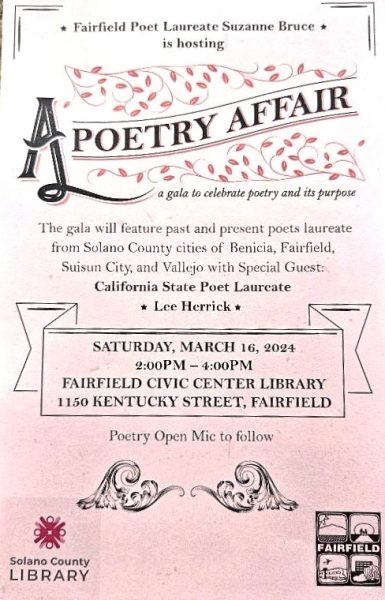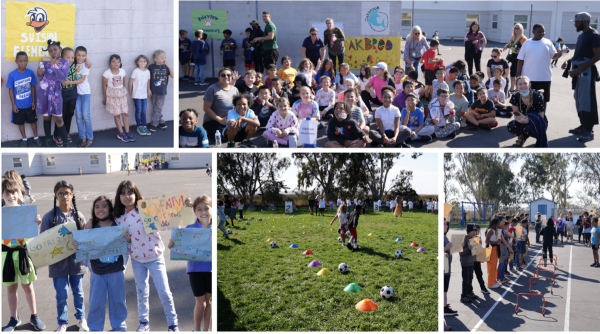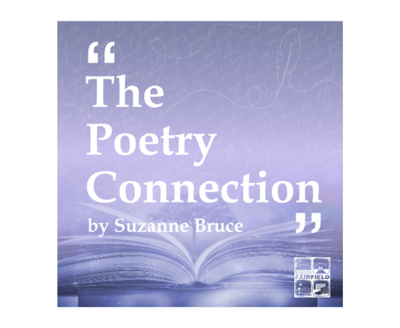California Academy of Sciences Receives $2.4 Million to Digitize 1 Million California Botany Specimens
Cutting-edge technology accelerates digitization of collections data by 10x, supports the Academy’s Thriving California initiative.
SAN FRANCISCO (November 30, 2022)—The California Academy of Sciences has been awarded a $2.4 million grant to digitize approximately 1 million California botany specimens from the Academy’s herbarium, an effort that will leverage Picturae’s cutting-edge conveyor belt technology to drive digitization ten times faster than before. Awarded by the Gordon and Betty Moore Foundation, the generous grant supports the Academy’s Thriving California initiative, which aims to regenerate biodiversity, address climate change, and build a movement for nature in the Golden State.
“Each specimen in our botany collection contains valuable data that not only helps us understand California biodiversity as a whole, but also paints a picture of the history of species across the state,” says Dr. Sarah Jacobs, Assistant Curator of Botany and Howell Chair of Western North American Botany. “That trove of information is invaluable to research and conservation efforts, but right now most of it is only accessible to those who are able to visit our collections in San Francisco, and summarizing information across the entire collection is impossible. This grant provides an incredible opportunity to make our vast, historic California botany collection accessible to scientists, policymakers, and community members across the state and beyond. It’s a critical step towards supporting botanical exploration and research, and guiding development and management decisions that will help us achieve our Thriving California goal of conserving and regenerating the biodiversity that makes California so unique.”
Long recognized by scientists as a biodiversity hotspot, California contains some of the highest plant diversity in the world: The state boasts approximately 6,500 native plants, and of those over 40% are endemic and at least a third are classified as threatened or endangered. The state’s recently outlined 30×30 strategy aims to protect this unique biodiversity by conserving 30% of California lands and coastal waters by 2030. With the largest botany collection in the western United States and largest collection of California plants in the world, the Academy recognizes the powerful implications of digitizing and expanding access to its full California herbarium, including equipping scientists and policymakers with robust historic data to inform benchmarking and guide conservation decisions.
Currently only about 20% of the Academy’s 1 million California botany specimens are fully digitized (with high resolution images and digitally transcribed label data) as the process has historically been time consuming and staff intensive. To achieve the ambitious goal of complete California botany collection digitization by summer 2024, the Academy will enlist Picturae, a leader in preserving, managing, and enriching culturally significant historical collections across the globe through digitization. By leveraging Picturae’s state-of-the-art conveyor belt systems and technology, the Academy will be able to digitize specimens ten times faster than before, generating roughly 4,000 images per day. In this semi-automated approach, specimens travel the length of a conveyor belt where they are photographed with high resolution cameras and linked to digital label data, a process that significantly improves efficiency and enables digitization to happen faster, require fewer people, and cost significantly less than the previous manual workflow.
Engagement with dedicated community scientists will be another critical step on the path to complete California botany collection digitization. Through platforms like Zooniverse’s Notes from Nature project, the newly digitized data will be made available online to a large community of people—including Academy herbarium staff, volunteers, and thousands of online community scientists—who will help add location data to complete each record. This type of online people-powered research, also known as citizen or community science, has been widely adopted by museums and large natural history collections to tackle the challenge of transcribing data from huge collections of images.
“Not only will digitization vastly increase access to botany collections data necessary for research and conservation, but it also creates a foundation for advancing public education and storytelling around California’s unique plants and landscape,” says Dr. Rebecca F. Johnson, Co-Director of the Academy’s Thriving California initiative and Center for Biodiversity and Community Science. “The opportunity to more deeply engage our community with the history and highlights of California’s flora is exciting, and offers a rare opportunity for people to make a measurable conservation impact simply by helping complete our digital records. I hope it inspires a greater understanding of biodiversity and the urgent need for regenerative action.”
Images available here, and a video of Picturae in action is here.










